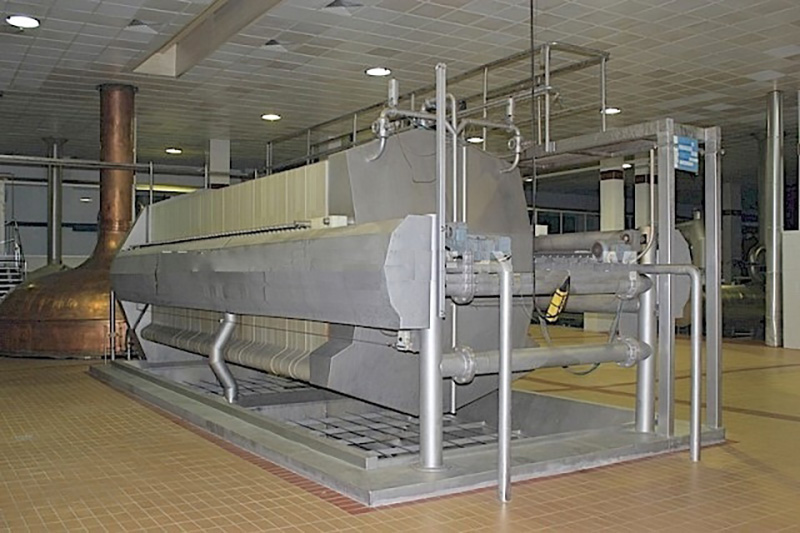rutheyrocks
Active Member
- Joined
- Feb 8, 2021
- Messages
- 27
- Reaction score
- 17
Welcome along. Sounds like you’re on a good start.
I wouldn’t give up on your lager yet. It may not have the ABV you’re looking for. But I bet it’ll still turn out good. Plus it’ll give ya some practice in the lagering process
Hey! Thank you!!
Do you think I can brew something that weak?? Is it possible?? Should I chuck a load of carb drops in there to give the yeast a little more to work with perhaps??































![Craft A Brew - Safale BE-256 Yeast - Fermentis - Belgian Ale Dry Yeast - For Belgian & Strong Ales - Ingredients for Home Brewing - Beer Making Supplies - [3 Pack]](https://m.media-amazon.com/images/I/51bcKEwQmWL._SL500_.jpg)



























